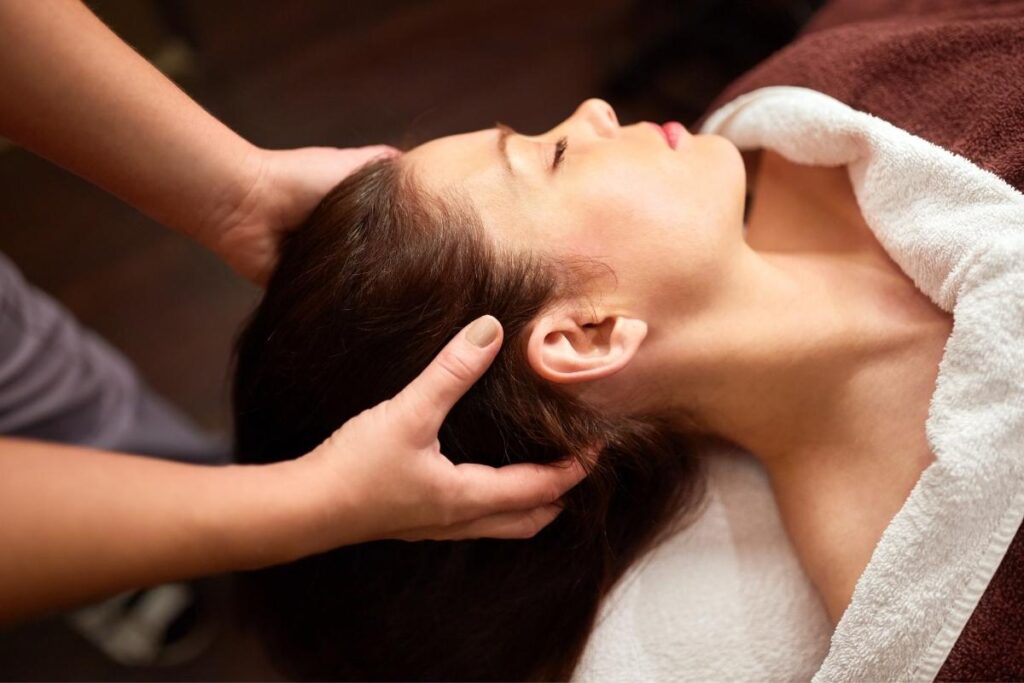Massages have been practiced for centuries as a means of promoting physical and mental well-being. Rooted in ancient traditions, this therapeutic practice involves the manipulation of muscles and tissues to relieve tension, improve circulation, and enhance overall relaxation. From traditional techniques like Swedish and Thai massages to modern approaches such as deep tissue and sports massages, this art form caters to diverse needs and preferences. Many people turn to massages not only for relaxation but also as a remedy for chronic pain, stress, and fatigue. The universal appeal of massages lies in their ability to provide a deeply rejuvenating experience, making them a cornerstone of self-care and wellness routines worldwide.
One of the most prominent benefits of massages is their ability to alleviate physical discomfort and promote healing. Techniques like deep tissue massage target the deeper layers of muscle and connective tissue, making them highly effective for addressing chronic pain and muscle tension. Sports massages, on the other hand, are tailored to athletes, helping to prevent injuries and speed up recovery after strenuous activities. Massages also improve blood circulation, which aids in delivering oxygen and nutrients to tissues, facilitating the body’s natural healing processes. Regular massage therapy can significantly improve flexibility, posture, and joint mobility, making it an essential part of maintaining physical health for people of all ages.
Massages are equally powerful in addressing mental and emotional well-being. The soothing touch of a skilled therapist can help reduce stress hormones like cortisol while increasing the production of feel-good chemicals such as serotonin and dopamine. This balance in hormone levels fosters a sense of calm and relaxation, making massages an effective way to manage anxiety and depression. Additionally, massages encourage mindfulness by focusing attention on physical sensations and the present moment, offering a reprieve from daily worries. Many people incorporate massages into their wellness routines to create a sense of balance between their physical and mental health, enhancing their overall quality of life.

Culturally, b2b penang massages hold unique significance and have evolved into various forms across the globe. Traditional Thai massages, for instance, incorporate acupressure, stretching, and rhythmic movements to restore energy balance in the body. In contrast, Swedish massages focus on gentle, long strokes to promote relaxation and circulation. In many Asian cultures, massages are considered a vital part of maintaining health and preventing illness, often practiced alongside other holistic therapies like acupuncture and herbal medicine. The diversity in massage techniques reflects the universality of touch as a form of healing, transcending cultural boundaries to become a global practice appreciated by all.
In recent years, the popularity of massages has surged as people increasingly prioritize wellness and self-care. Spas and wellness centers now offer an array of options tailored to individual needs, from quick chair massages to luxurious full-body treatments. Technological advancements have also introduced innovations like massage chairs and handheld devices, making it easier for individuals to enjoy the benefits of massage therapy at home. Moreover, many workplaces are incorporating massage services as part of employee wellness programs, recognizing their role in reducing stress and boosting productivity. This widespread availability and acceptance of massages underscore their importance in fostering a healthier and happier society.
Massages are much more than a luxury—they are a powerful tool for enhancing physical health and emotional well-being. From relieving chronic pain and improving flexibility to reducing stress and promoting relaxation, massages offer a myriad of benefits that cater to diverse needs. Their rich history and cultural significance further highlight their timeless appeal as a form of healing. As the world continues to embrace wellness practices, massages remain a cornerstone of self-care, providing a holistic approach to living a healthier and more balanced life. Whether experienced in a spa, at home, or as part of a therapeutic regimen, the art of massage continues to enrich lives, one soothing touch at a time.
